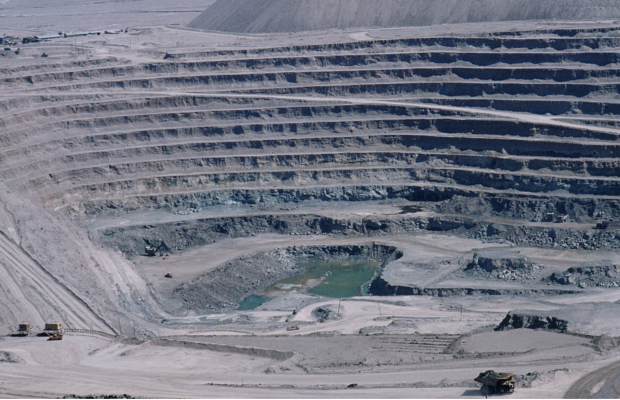- Series:Archaeology, Humans, Transcript English
Genesis 4:22
“And Zillah, she also bare Tubalcain, an instructer of every artificer in brass and iron: and the sister of Tubalcain was Naamah.”
 The first metalworker recorded in history was Tubal-Cain. He is mentioned in Genesis chapter 4, where it says:
The first metalworker recorded in history was Tubal-Cain. He is mentioned in Genesis chapter 4, where it says:
Zillah also bore Tubal-Cain; he was the forger of all instruments of bronze and iron.
Neither bronze nor iron is found naturally, so this shows that Tubal-Cain must have developed technologies to extract the metals from their ores. Since we are referring to a time before the Flood, we must also assume that the ores containing these metals were placed in the crust during the Creation Week as part of the original bedrock of the Earth. We refer to such rocks as Plutonic Rocks.
At first sight, we would imagine that two metals were being worked. In fact, there must have been at least three because bronze is an alloy of copper and tin. Copper and tin are relatively easy to extract from their ores just by heating with a source of carbon, such as charcoal. Iron is a little more sophisticated because it requires a blast furnace, heated extra hot by blowing air into the furnace, with the ore and carbon, probably by bellows.
The use of a forge suggests that Tubal-Cain was able to work these metals, perhaps by working the alloys and also by molding the molten metal and beating the solid metal.
That this sort of advanced technology existed before the Flood shows that an evolutionary view of human progress is not correct. It also explains how such technologies could be quickly reproduced by early civilizations after the Flood. Author: Paul F. Taylor
Prayer: Thank You, Lord, for Your wonderful provision for us, giving us the resources that we need for our lives and progress. Amen.
Ref: Sarfati, J. (2015), The Genesis Account (Powder Springs, GA: Creation Book Publishers), p. 436. Image: Coppermine Chuquicamata, Chile; Creative Commons Share-Alike License 2.0.
